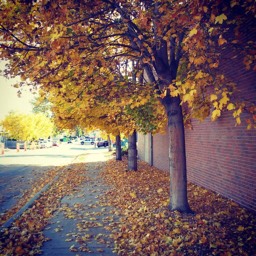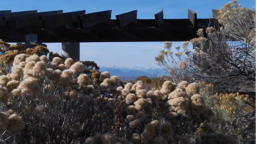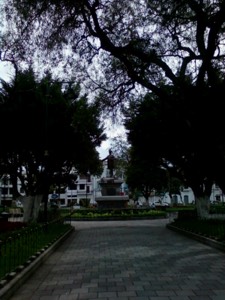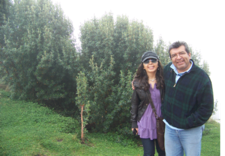Sign up for FlowVella
Sign up with FacebookAlready have an account? Sign in now
By registering you are agreeing to our
Terms of Service
Loading Flow

Cultural and social settings

Even so this element is not part of the environmental identity scale, it is included because it shaped me while growing up in Ecuador and still influential in some aspects of my life.



Growing up in urban areas in Ecuador access to green areas was not always available. For instance, many city parks keep manicured grass and trees fenced and restricted for the public, this parks function is aesthetically and pedestrian. They have walk paths, benches and usually a statue or monument.
So, when we wanted climb trees, roll in the grass and really interact with nature, my father would take the whole family for a weekend excursion outside the city to different natural areas around the country. I was fortunate that my family could afford this trips, but even when we couldn't do it, we learn to enjoy and appreciate the green beauty of our city parks.
Today, I still live in the city and time has restricted my interaction with nature, however, Denver offers within the city and in its proximity a diverse array of natural areas from which I still find myself.
Left top: Ibarra. Bottom: Quito
Right top: Denver. Bottom: Stapleton